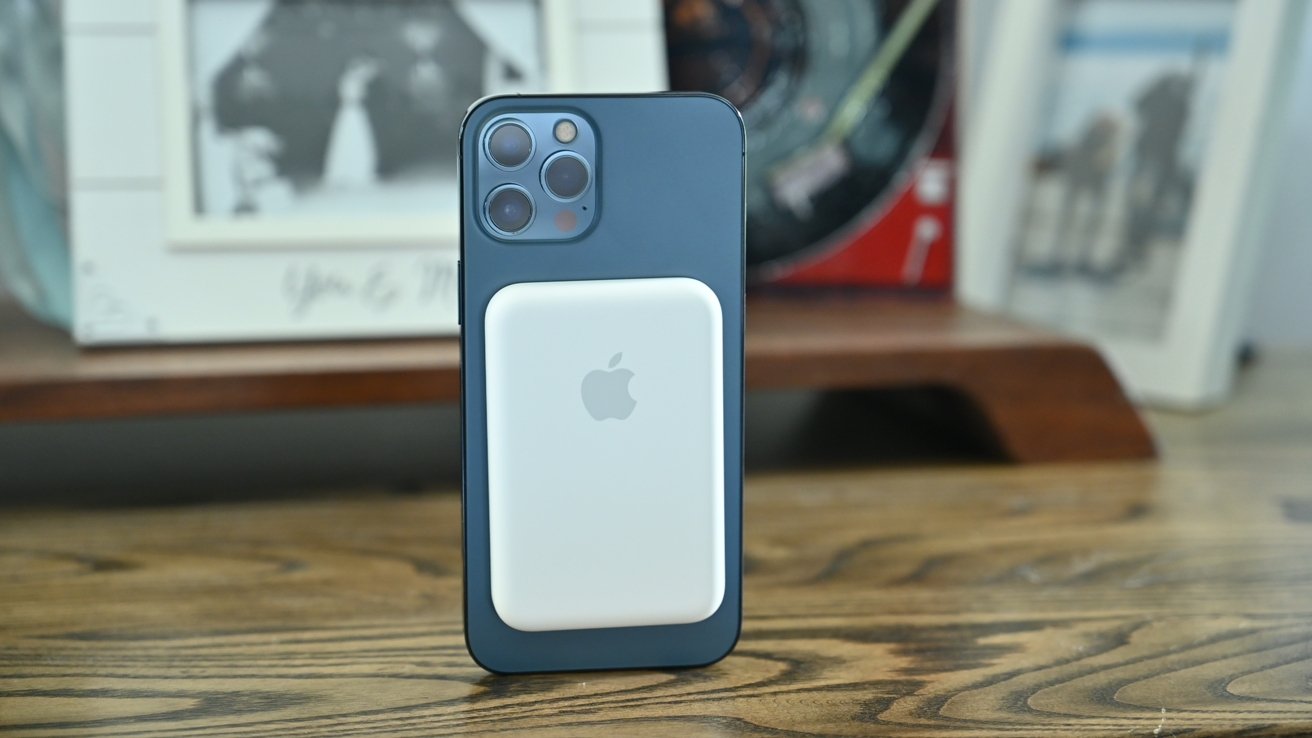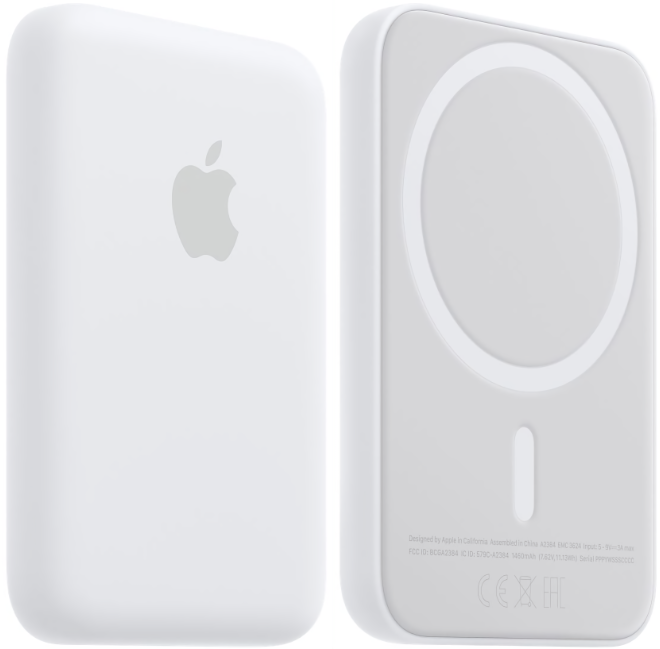

- #APPLE MAGSAFE BATTERY PACK BLACK PORTABLE#
- #APPLE MAGSAFE BATTERY PACK BLACK ANDROID#
- #APPLE MAGSAFE BATTERY PACK BLACK PRO#
Plus, they aren’t as fast as USB-C ports overall. While USB-A ports can power up smartphones and other small devices, they can’t charge larger devices. You’ll typically see at least one port labeled “in/out,” which means you can use it to both charge the bank and charge your device.

When a battery pack has more than one charging port, they usually serve different functions.
#APPLE MAGSAFE BATTERY PACK BLACK ANDROID#
Newer Android smartphones charge via USB-C, iPhones still use the Lightning port, but the latest tablets (including current generation iPads) and newer laptops are typically powered up via USB-C. All of our picks have at least one USB-C port and a few also have a USB-A port or two. While the tech world is (thankfully) moving towards USB-C as the standard, it’s still a mixed bag in the power bank world. That’s an average efficiency rate of around 60 percent. 20,000mAh chargers delivered around 11,250mAh to a device, and 25,000mAh banks translated to about 16,200mAh of charge. In our tests, 10,000mAh of battery pack capacity translated to roughly 5,800mAh of device charge. Most manufacturers list how many charges a battery can give a certain smartphone. In addition to simple energy loss through heat dissipation, factors like voltage conversion also bring down the amount of juice that makes it into your phone. You might think that a 10,000mAh power bank could charge a 5,000mAh phone to 100 percent twice, but that’s not the case. If you want more power, be prepared to spend more and carry around a heavier brick.
:quality(90)/article-new/2021/03/magsafe-battery-pack.jpg)
Unsurprisingly, the prices on most batteries goes up as capacity increases, and since batteries are physical storage units, size and weight go up with capacity as well. Larger batteries that can recharge laptops and tablets, or give phones multiple charges, can exceed 25,000mAh. Smaller batteries, say those that can charge a smartphone to between 50 and 75 percent, tend to have a 5,000mAh capacity. Power bank manufacturers almost always list a battery’s capacity in milliamp hours, or mAh. According to the TSA, external batteries rated at 100Wh or less (which all of our recommendations are) can fly with you – just make sure you stash them in your carry on as they aren’t allowed in checked baggage. While you should still make sure a battery isn’t exposed to unnecessary stress like excessive heat, damage from drops or operating in freezing weather, battery packs are considered safe enough to bring on an airplane. To limit the danger, battery packs require internal mechanisms to limit things like voltage and pressure. One drawback you may have heard is the possibility of lithium ion batteries catching fire. They also don’t suffer from a memory effect (where battery life deteriorates due to partial charges). These beat other current battery types in terms of size-to-charge capacity, and have even increased in energy density by eight fold in the past 14 years.
#APPLE MAGSAFE BATTERY PACK BLACK PORTABLE#
Nearly every rechargeable power bank you can buy (and most portable devices) contain a lithium-ion battery. See 1 more What to look for in a portable battery pack Battery type
#APPLE MAGSAFE BATTERY PACK BLACK PRO#
Best mobile command center Mophie Powerstation Pro XL


 0 kommentar(er)
0 kommentar(er)
